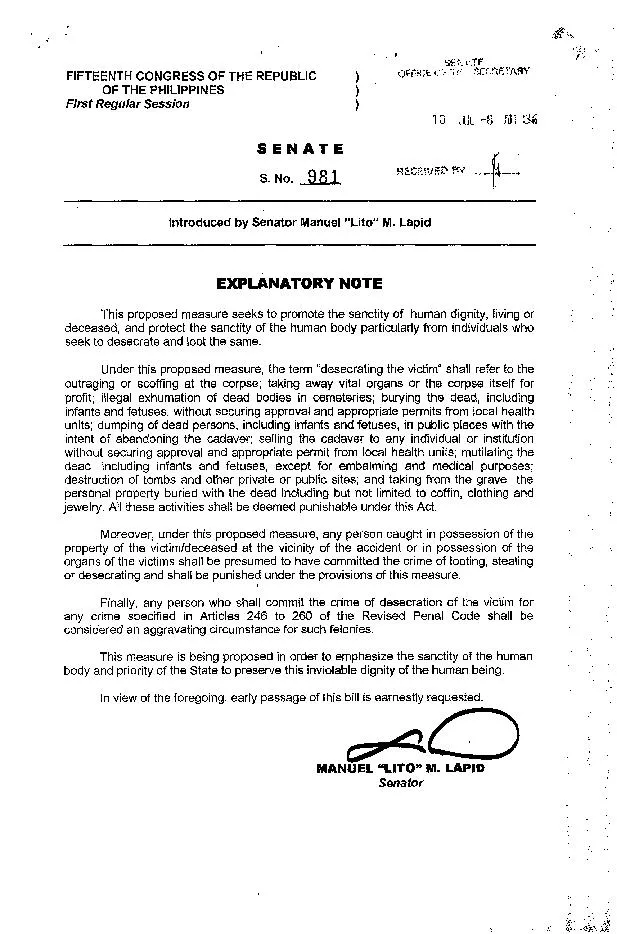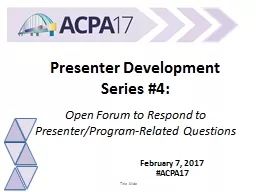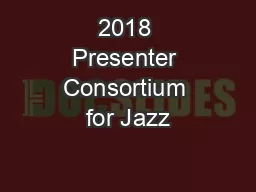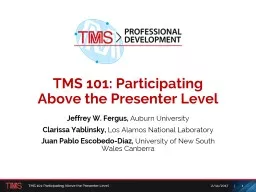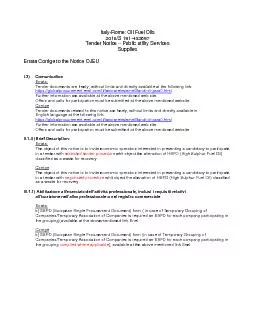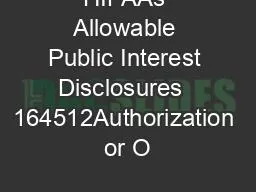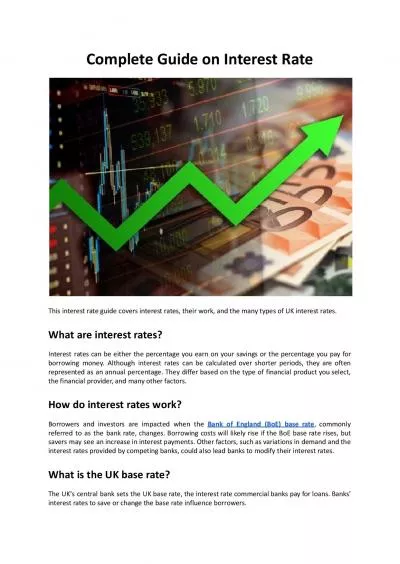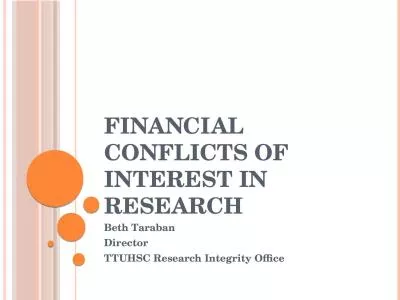PPT-Disclosures The presenter has no financial interest in any products or services mentioned
Author : trish-goza | Published Date : 2018-12-08
AOA Focus March 2018 AOA Focus March 2018 Opioid prescriptions per year per 100 persons History of Drug Control International International Opium Convention of
Presentation Embed Code
Download Presentation
Download Presentation The PPT/PDF document "Disclosures The presenter has no financi..." is the property of its rightful owner. Permission is granted to download and print the materials on this website for personal, non-commercial use only, and to display it on your personal computer provided you do not modify the materials and that you retain all copyright notices contained in the materials. By downloading content from our website, you accept the terms of this agreement.
Disclosures The presenter has no financial interest in any products or services mentioned: Transcript
Download Rules Of Document
"Disclosures The presenter has no financial interest in any products or services mentioned"The content belongs to its owner. You may download and print it for personal use, without modification, and keep all copyright notices. By downloading, you agree to these terms.
Related Documents


